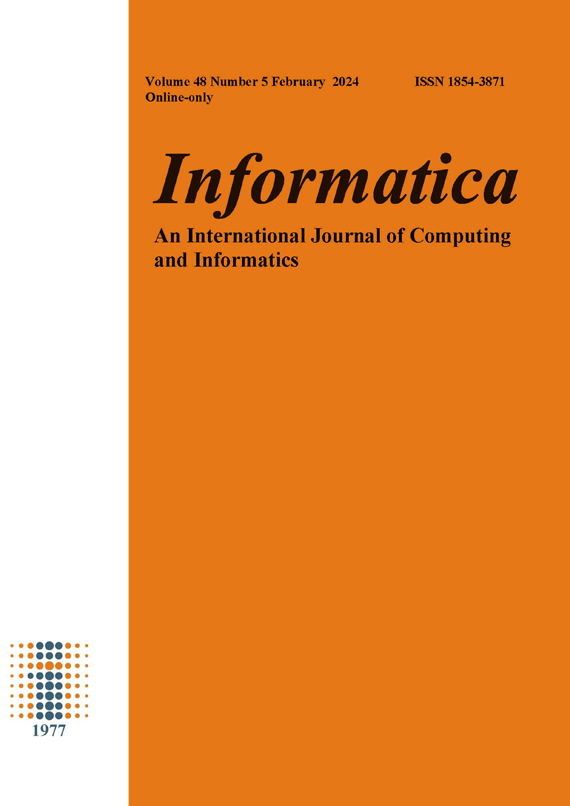Animation Vr Scene Stitching Modeling Based on Genetic Algorithm
DOI:
https://doi.org/10.31449/inf.v48i5.5364Abstract
The animation scene stitching modeling is further investigated in conjunction with Genetic Algorithms (GA) in order to advance the technology based on the currently used animation scene stitching modeling. To retrieve the low-frequency and high-frequency coefficients of the animation scene, the technique employs wavelet transform. Using a comparison and screening of the convolution results from two GA template operators, a set of splicing criteria is chosen for the high-frequency coefficients; The Laplace sharpness assessment function and the 8-neighborhood local variance are used to determine the splicing rule for the low-frequency coefficients; In order to produce the mosaic modeling of the diffuse scene, the inverse wavelet transform is utilized. The subjective and objective assessment approaches are used together to examine the experimental outcomes. The data demonstrates that the GA achieves a higher quality splice than the traditional splicing modeling. Rich edge information and great scene clarity are benefits of animation scene splicing modeling.
Downloads
Published
Issue
Section
License
I assign to Informatica, An International Journal of Computing and Informatics ("Journal") the copyright in the manuscript identified above and any additional material (figures, tables, illustrations, software or other information intended for publication) submitted as part of or as a supplement to the manuscript ("Paper") in all forms and media throughout the world, in all languages, for the full term of copyright, effective when and if the article is accepted for publication. This transfer includes the right to reproduce and/or to distribute the Paper to other journals or digital libraries in electronic and online forms and systems.
I understand that I retain the rights to use the pre-prints, off-prints, accepted manuscript and published journal Paper for personal use, scholarly purposes and internal institutional use.
In certain cases, I can ask for retaining the publishing rights of the Paper. The Journal can permit or deny the request for publishing rights, to which I fully agree.
I declare that the submitted Paper is original, has been written by the stated authors and has not been published elsewhere nor is currently being considered for publication by any other journal and will not be submitted for such review while under review by this Journal. The Paper contains no material that violates proprietary rights of any other person or entity. I have obtained written permission from copyright owners for any excerpts from copyrighted works that are included and have credited the sources in my article. I have informed the co-author(s) of the terms of this publishing agreement.
Copyright © Slovenian Society Informatika








